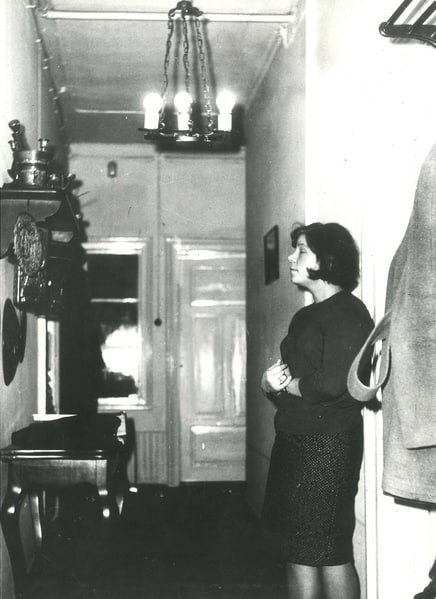
I'm a simple emigrant and I don't believe in mysticism
I constantly hear a quick knock at home. I already thought that this was the “house settling” or that the neighbor was cooking, or that the dog was itching and wagging its tail on the floor. But wait, isn’t there a bit too much schnitzel for that man, and I haven’t seen any dogs in my house at all. I joked that there was only one option left — a Poltergeist. And then it hit me, it’s a German word after all. Poltern — to rumble, to make noise; Geist — spirit. Remember such a character? A ghost that throws dishes, moves furniture, makes a racket and creates a mess. It turns out such phenomena were first described precisely in Germany. In the 16th century, German chronicles wrote about houses where “spirits roared, stones were thrown, and sleep was disturbed.” These stories appeared so often that priests and theologians set out to explain what was happening. Of course, they had one answer for everything: demons making noise as punishment for sins. Those who were milder said it was just an unhappy house spirit. One of the most enigmatic poltergeists inhabited a regular law office in the Bavarian town of Rosenheim in 1967. At first, the staff noticed that calls were coming in to dozens of numbers simultaneously, even though the lines were disconnected. Then the office owner, Sigmund Adam, turned to the telephone company. They changed all the phones, but on the very first day again an outgoing call that no one had made. And then more and more. Then stranger things began to happen: lamps exploded for no reason, paintings swayed, and the office lights turned on and off at random. All the while the office owner kept inviting experts, but they shrugged and said everything was functioning properly. Yet all confirmed: they saw it too. The office became impossible to work in: clients panicked, and the staff were afraid to stay alone. Then professional scientists got involved, including Professor Hans Bender, a famous researcher of the paranormal. He arrived with a team, installed instruments and began to observe. Just a few days later he determined that the ghosts were only rampaging when the office contained a 19-year-old typist, Anna-Maria. A single mother with a bunch of repressed emotions, fears, anger and unresolved conflicts. To confirm his suspicions, all the staff were sent on leave for a few days. Anna-Maria left first and, suddenly, everything stopped. But as soon as she returned — the Poltergeist was back. Bender watched her more closely and concluded that it was her strong stress that triggered psychokinetic energy, whatever that means, and that she was the one affecting the objects. Telekinesis, in short. The problem drew in everyone: from ghost hunters to physicists. The former said it was spirits or telekinesis, the latter that it was a setup, with wires somewhere, and that all of this was a mix of expectation, autosuggestion, and tricks. But the fact remains: this case was investigated by engineers, scientists, journalists, and the police, and to this day no one has given a hundred-percent explanation. And the problem was solved ingeniously: they fired the typist. And everything instantly stopped. Despite this, the case drew wide attention: newspaper articles, documentary films, and even technical reports were published about it. Modern psychologists view the Rosenheim poltergeist as an example of group autosuggestion and emotional tension in a closed collective. It became the basis for modern studies of “social echoes” and collective hallucinations that unite neuroscience and cognitive psychology. So, if your apartment suddenly gets noisy — check, you might already be able to move objects with the power of thought. But there’s always a small chance it’s a German spirit, come to check whether you sort your trash correctly. #history